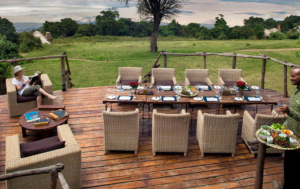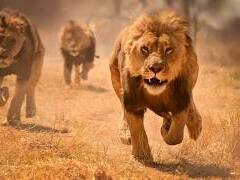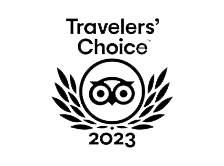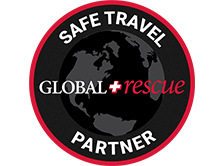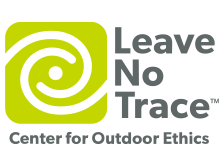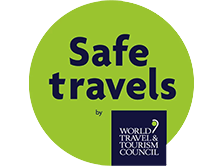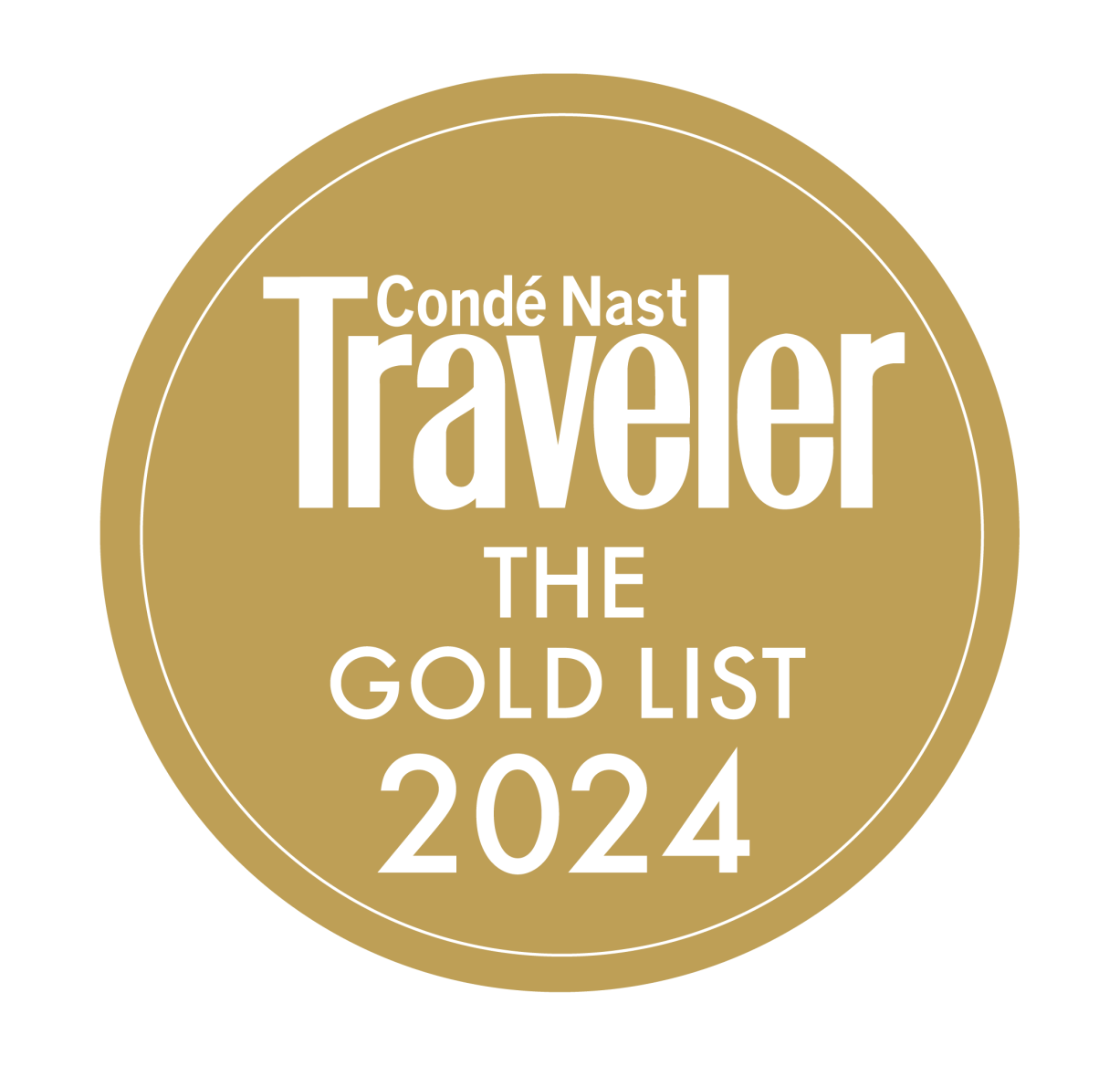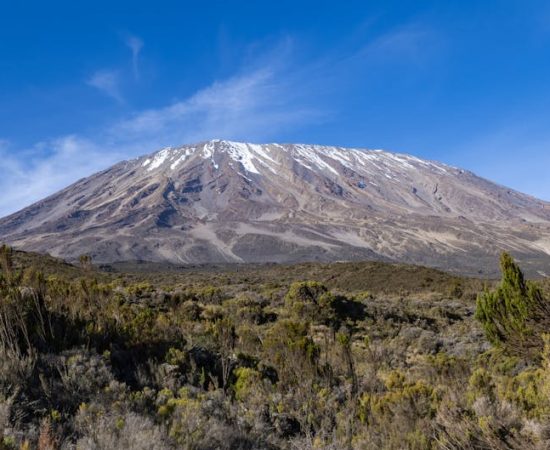Kilimanjaro Faq's
Kilimanjaro Faq's
What electronic gadgets should I bring?
What is the altitude of Kilimanjaro?
The altitude of Mount Kilimanjaro is 5,895 meters (19,340 feet) above sea level. This makes it the highest peak in Africa and the tallest free-standing mountain in the world. Volcanic activity is the geological reason behind the formation of a free-standing mountain. The mountain is a dormant volcano with three distinct volcanic cones: Kibo, Mawenzi, and Shira which you can get a view of during Mount Kilimanjaro Climbing .
Which route is the easiest to climb?
The Marangu route is often considered the easiest route to climb Kilimanjaro. It is also known as the “Coca-Cola” route because of its popularity and gradual incline. The path is well-defined, and huts are available for sleeping along the way, making it the only non-camping route.
But, if you want guaranteed summit success for Climbing Mt Kilimanjaro , then opt for Lemosho Route or Machame Route over 7 to 8 Days which are known to offer excellent acclimatization along with easy summit nights. Which route is the most scenic?
The Lemosho and Machame Routes Up Kilimanjaro are considered the most scenic due to their diverse landscapes and panoramic vistas. Both routes offer a variety of terrain, including rainforests, moorlands, and alpine deserts, providing climbers with an unforgettable experience as they ascend the mountain.
How long does it take to climb Kilimanjaro?
What is the best time of the year to climb Kilimanjaro?
The Best Time of Year to Climb Kilimanjaro is during the dry seasons, which occur from January to mid-March and June to October. These months offer the most favourable weather conditions, including clear skies, fewer clouds, and lower chances of precipitation.
Is it safe to climb Kilimanjaro?
Mount Kilimanjaro Climbing is generally safe with proper preparation, appropriate gear, and a reputable guiding company. However, risks related to Kilimanjaro Altitude Sickness , weather, and injuries still exist. It is essential to follow safety guidelines, acclimatize properly, and be aware of potential hazards for a safe and successful climb.
What are the altitude-related risks of climbing Kilimanjaro?
How much does it cost to climb Kilimanjaro?
The Kilimanjaro Climb cost varies but typically ranges from $2,000 to $5,000 or more, depending on factors such as the chosen route, tour operator, and additional services or equipment. This price generally covers the permit, guiding fees, porters, food, and accommodation during the climb.
Can I climb Kilimanjaro without a guide?
Mount Kilimanjaro Climbing without a guide is not allowed, as Tanzanian regulations require all climbers to be accompanied by a licensed guide. This ensures the safety and well-being of climbers, as well as adherence to park rules and environmental protection measures.
How can I minimize my environmental impact while climbing Kilimanjaro?
To minimize your environmental impact during Mount Kilimanjaro Climbing , follow Leave No Trace principles, which include proper waste disposal, respecting wildlife, and staying on designated trails. Use biodegradable products when possible, and consider supporting eco-friendly tour operators committed to sustainable practices.
Can a beginner climb Kilimanjaro?
Yes, a beginner can go for Kilimanjaro Climbing , but proper preparation, physical fitness, and acclimatization are crucial for a successful and enjoyable experience. Choose a route that suits your fitness level and allows for sufficient acclimatization. Consult with a tour operator or guide to ensure you are well-prepared for the journey.
Where is Kilimanjaro located?
Mount Kilimanjaro is located in Tanzania, a country in East Africa. The mountain is part of the Kilimanjaro National Park and is a UNESCO World Heritage Site. It is situated near the border with Kenya, approximately 200 miles (330 km) south of the equator. It is also the tallest mountain on the African continent.
What are the main routes to climb Kilimanjaro?
There are several main Mount Kilimanjaro Climbing Routes , each offering different levels of difficulty and scenery. The most popular routes are Marangu, Machame, Lemosho, Rongai, Shira, Northern Circuit, and Umbwe. Each route varies in length, difficulty, and acclimatization opportunities.
Which Kilimanjaro Route Is The Most Scenic?
The Lemosho and Machame Routes Up Kilimanjaro are considered the most scenic due to their diverse landscapes and panoramic vistas. Both routes offer a variety of terrain, including rainforests, moorlands, and alpine deserts, providing climbers with an unforgettable experience as they ascend the mountain.
What is the success rate of climbing Kilimanjaro?
The success rate of Mount Kilimanjaro Climbing varies based on the chosen route and individual preparation. Longer routes with better acclimatization opportunities, like Lemosho and Northern Circuit, have higher success rates. Generally, success rates range from 60% to 85% for different routes.
What are the accommodation options on Kilimanjaro?
On Kilimanjaro Accommodation options include mountain huts on the Marangu route and camping on all other routes. The huts provide simple sleeping arrangements, while camping requires climbers to bring their own tents and sleeping gear, which can be carried by Kilimanjaro Porters .
What is the difficulty level of climbing Kilimanjaro?
The difficulty level of climbing Kilimanjaro ranges from moderate to challenging, depending on factors such as the chosen route, individual fitness levels, and altitude acclimatization. It is essential to train and prepare adequately to improve the chances of a successful Kilimanjaro Climb .
Do I need a permit to climb Kilimanjaro?
Yes, a permit is required for Mount Kilimanjaro Climbing , and it is typically arranged by your chosen tour operator. The permit cost is included in the overall package price and covers park fees, rescue fees, and conservation fees. It is essential to climb with a registered tour operator to ensure a legal and safe climbing experience.
What gear do I need to climb Kilimanjaro?
The Kilimanjaro Gear List includes warm and layered clothing, sturdy hiking boots, a backpack, a high-quality sleeping bag, trekking poles, water purification methods, a headlamp, and personal items such as sunscreen and a first-aid kit. Proper gear is crucial for a safe and comfortable climb.
How do I prepare for climbing Kilimanjaro?
To prepare yourself, engage in Kilimanjaro Physical Training and altitude training. For that start doing regular cardiovascular and strength training exercises for several months before the climb. Focus on activities like hiking, stair climbing, and endurance training. Also, educate yourself about altitude sickness and acclimatization to reduce risks during the climb.
Should I hire a porter to carry my gear while climbing Kilimanjaro?
the most awaRded adVentuRe
tour operator in kilimanjaro
We are proud of our 100+ reviews on Tripadvisor, the largest tour review website.
Kilimanjaro Preparation





SEE WHO TRUSTED US!
Pizza Hut Breaks World Record with Trusted Delivery Partner, Tanzania Tribe Safari, (aka) summit trails.







